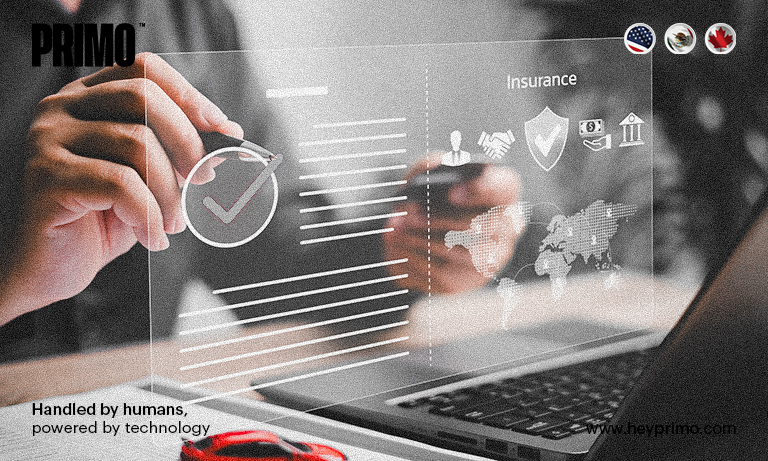
Washington, D.C. (July 7, 2025) — The National Motor Freight Traffic Association (NMFTA) has unveiled a new cybersecurity framework aimed at addressing the growing issue of high-tech cargo theft. As the transportation industry faces an increasingly sophisticated landscape of cyber threats, the framework provides a set of best practices designed to enhance security and mitigate risks associated with stolen goods, particularly in transit.
The NMFTA’s new guidelines emphasize several key elements: red-flag detection, layered security, and industry cooperation. The framework advocates for robust cybersecurity protocols, such as enhanced data encryption and real-time tracking systems, to protect cargo from increasingly sophisticated criminal organizations. The guidelines also urge stakeholders to collaborate and share intelligence in order to identify potential vulnerabilities within the supply chain and prevent the theft of high-value shipments.
The Growing Threat of Cyber-Crime in Freight
Cargo theft is no longer limited to traditional methods of physical hijacking. Modern thieves have begun using advanced technology to access logistics systems, bypassing physical security measures and stealing goods without ever having to touch the cargo itself. The rise of high-tech theft has made freight systems more vulnerable to cyberattacks, with criminals leveraging malware, ransomware, and data breaches to track and steal shipments in real-time.
This growing threat is pushing the freight industry to adapt, integrating cybersecurity measures with operational and physical security. The goal is to create a multi-layered defense against theft, where every aspect of a shipment’s journey — from the warehouse to its final destination — is safeguarded by both digital and physical controls.
Final Thoughts
The National Motor Freight Traffic Association introduced a cybersecurity cargo crime reduction framework to combat rising cargo theft, emphasizing red-flag detection, layered security and close industry cooperation. With the convergence of cybersecurity, operational security and physical security, companies can more effectively spot threats and protect shipments. PRIMO mitigates these vulnerabilities by integrating advanced technology with its human-first approach, ensuring freight moves safely and on time.